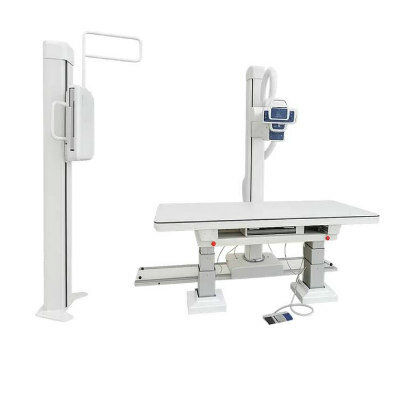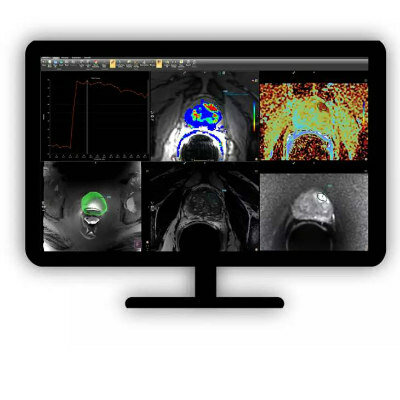CT in the Operating Room Allows More Accurate Removal of Small Lung Tumors
By MedImaging International staff writers
Posted on 15 May 2014
A new technique that employs computed tomography (CT) imaging in the operating room (OR) should allow surgeons to effectively delineate and remove small, sub-centimeter lung nodules, leaving as much healthy tissue as possible.Posted on 15 May 2014
Raphael Bueno, MD, from Brigham and Women’s Hospital (Boston, MA, USA), presented the findings at the 94th American Association of Thoracic Surgery (AATS) annual meeting in Toronto (ON, Canada), on April 30, 2014.
Lung cancer remains the most lethal cancer. A recent study, the US National Lung Cancer Screening Trial indicated that screening with low-dose computed tomography (CT) scans in smokers, who have certain risk factors, may decrease the number of deaths. Lung cancer screening with CT can detect many small lung lesions that can potentially be cancerous and should be removed surgically. The objective is to remove these small lung tumors, but at the same time spare as much healthy lung as possible. To achieve this, requires being able to precisely determine the exact location of the nodule and its margins.
“These results are exciting and promising, indicating that image-guided lung surgery could play a significant role in the treatment of lung cancer,” noted Dr. Bueno. “This surgical approach has the potential to increase accuracy and reduce errors. It is like using GPS [global positioning system] to navigate to the destination and perform a true surgical strike.”
In this phase I/II clinical study conducted in conjunction with researchers from Siemens Healthcare (Erlangen, Germany), 20 patients who had small pulmonary nodules in the outer half of the lung were identified. Earlier CT scans showed that the lesions were very small, ranging from 0.6–1.8 cm. The nodules were so tiny that they could not be easily palpated or visualized.
Using a CT scanner in the operating room, surgeons first marked the identified location of the lung nodules by inserting two small markers (T-bars) through the skin and placing them next to the nodule. The markers have attached wires that make them visible to surgeons during the resection process. This technique is safe and effective for nodule localization and all patients underwent total removal of the lesions with minimal removal of healthy lung tissue, according to the investigators.
“We propose that image-guided, video-assisted thoracic surgery [IVATS] can be used to improve the ability to precisely identify small pulmonary nodules and allow for resections of sub-centimeter nodules,” concluded Dr. Bueno.
Related Links:
Brigham and Women’s Hospital
Siemens Healthcare














